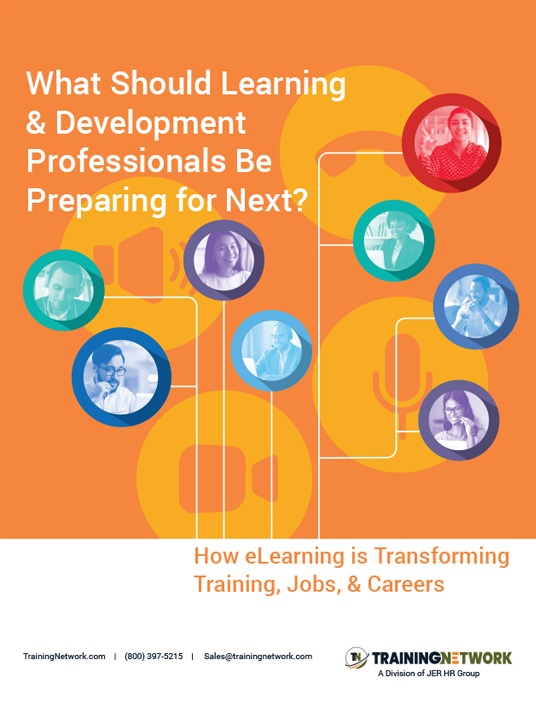The Many Faces Of Volatility
Understanding volatility in a business environment is a core part of the VUCA model. Taken from the language used by the military to describe the "fog of war", VUCA (Volatility – Uncertainty – Complexity – Ambiguity) is an applicable description for the business environment of the 21st century.

First used in 1987, based on the leadership theories of Warren Bennis and Burt Nanus, VUCA captures the environment of the U.S. Army War College in the collapse of the U.S.S.R. in the early 1990s. In a recent white paper from JER HR Group, the VUCA model is used to categorize the areas impacting the L&D world. These factors remain critical in today’s workplace and serve as a way to categorize both the trends and the way in which they may affect the organization.
Volatility
Disruptions In The Environment / The Organization / The Workplace
While chaotic and frustrating, the end result of these forced changes does not always need to lead to destruction. The goal of the STOP process is to provide a tool to enable leaders to move beyond the initial shock reaction to a more thorough analysis of the impact, the implications, and the opportunities inherent in the disruption.
Changing Demographics And Multiple Generations On The Job
For the first time in recent history, the majority of workers are no longer from the Baby Boomer generation - 25% (1946-1964), the workforce is now represented by Generation X - 33% (1965-1980) and the Millennials - 35% (1981-2000). Entering the workforce are also those of the younger generation Z - 6% (2001-2020). Having grown up in the digital era, the latter two generations bring new skills and expectations to learning programs. The more experienced Traditionalists generation - 2% (1925-1945) have moved into retirement, becoming mentors or completely exiting the workforce, often taking their knowledge, culture, and experience with them.
As Millennials and Gen X grow in management potential, they are focusing on leadership skills, while the newest generation to enter the workforce brings expectations to have technical skills, creativity, and innovation fostered. Planning for the development of such a mixed workforce will require flexibility and variation in training topics as well as approaches. In tight economies and labor markets, evolving businesses
In tight economies and labor markets, evolving businesses have been forced to scale back during the COVID-19 pandemic, and hiring and retention policies risk the appearance (or reality) of discrimination as organizations choose to retain staff more compatible with management culture.
Disruptions In Performance
As the number of staff working remotely increased in 2020, remaining connected with management and other team members has become increasingly challenging. A quick walk down the hall becomes a call or visual conference check-in. Rather than grabbing lunch or coffee together, teams now must also depend on virtual gatherings. Not only do these new modes of connecting require learning additional technical skills, but also new interpersonal skills. For years professionals have included ‘communications’ training among key competencies – focusing on the importance of nonverbal communications and on two-way communications. In a world in which staff is physically disconnected, these key skills take on ever more importance.
The increase in global expansion has created the foundation for the use of virtual team connections, but the rise of remote staffing during COVID exponentially surfaced these needs throughout the workplace. Clear directions and continual feedback are key to ensuring successful performance.
Staff may also need management and training support in adapting to all the disruptions thrust at them. Modeling agility in shifting with the demands and requirements of the environment has become a key aspect of employee performance. It is human nature to feel anxiety when the world seems to be shifting all around. Becoming aware of emotional reactions, accepting them as normal responses, and learning to read and adjust reactions effectively is at the core of instilling an EQ, or emotional quotient ability.
Conclusion
The L&D industry is always evolving. Download the eBook What Should Learning & Development Professionals Be Preparing For Next and find out how the VUCA model can help you and your organization.

